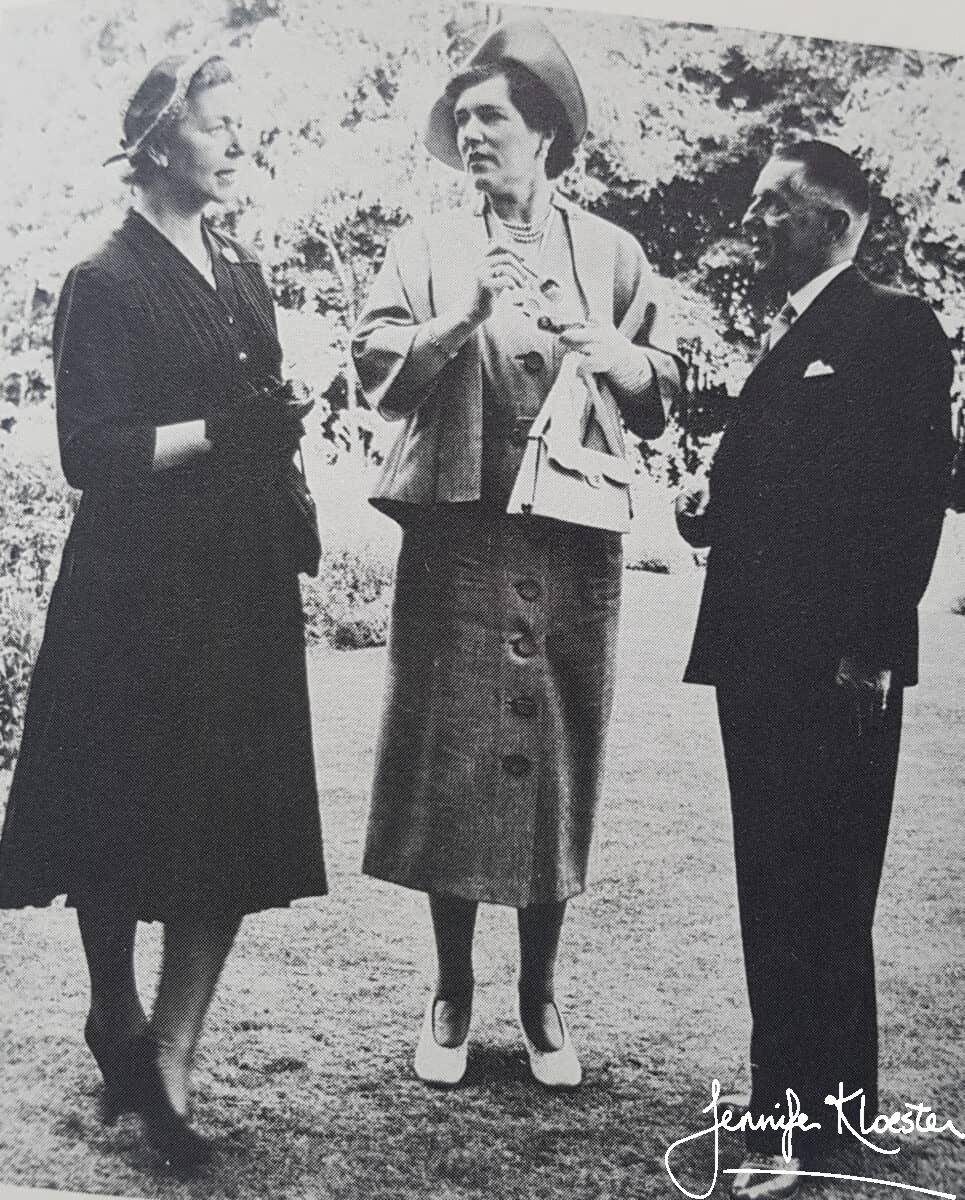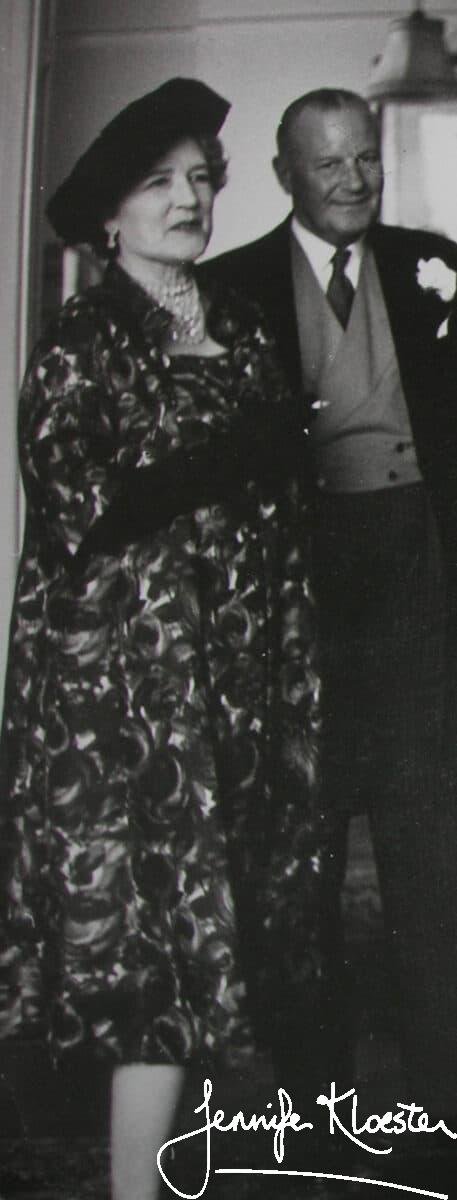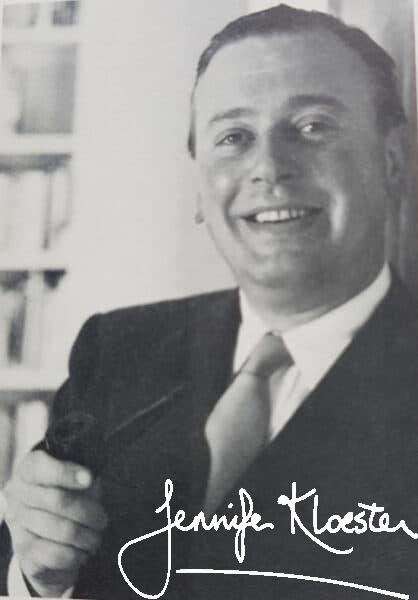[We] remember instead the long years of happiness we found in our intimate friendship with her; full of light, laughter and the joy of living.
A.S. Frere to Richard Rougier, letter, July 1974
47 Years ago…
This Sunday, 4 July 2021, marks 47 years since Georgette Heyer died. At the time of her death, she was selling over a million books a year in paperback and was known and loved around the world. Today, she is still selling and a new generation of readers is discovering her clever, witty romances and comedies of manners
The last ten years of Georgette’s life were not easy. She was often ill and in 1959 had undergone surgery for a benign tumour in her breast. In 1964 she had a far more serious operation to remove a large kidney stone. In the 1960s this sort of was very serious and Georgette spent a month in hospital, followed by weeks in a convalescence home. The operation left her weak and exhausted, with a fifteen-inch long incision in her torso. Over the next few years, despite suffering from a range of health issues, she continued writing. Between 1965, when she published the hugely successful Frederica, and her death in 1974 she managed to write four more novels, including the very funny Black Sheep, the Gothic Cousin Kate, the charming (if slightly tired), Charity Girl, and the poignant (if you read it closely) Lady of Quality. She was still smoking sixty cigarettes a day and there seems to have been no suspicion among her family and friends or her doctors that she had cancer.
By May 1974, however, Georgette was in so much pain that she could no longer write. After days of agony, her doctor finally had her admitted to Guy’s Hospital. Over the next few weeks Georgette underwent a barrage of tests and at last lung cancer was diagnosed. She longed to go home, but it was impossible. All that could be done was to alleviate her pain. Every afternoon and evening Ronald sat by her bed waiting for the moments when his beloved Georgette would emerge from the fog of pain-relieving drugs and know that he was there. He was by her side when on the 4th of July 1974, Georgette Heyer died.

“Not by inches”
A few months before her untimely death, Georgette had written to her friend and former agent, Joyce Weiner, that
‘I never wanted to live (as too many of my forebears have) to a very unripe old age, & my hope now is that I may go quickly, & NOT by inches.’ A moment later she looked from her window and added ‘The sun has now pierced through the lowering cloud, & I instantly feel a bit better.’
Georgette Heyer to Joyce Weiner, letter, 1974
In their own words
Though she was a very private person, Georgette Heyer was loved by those who knew her. In 1982, Heyer’s first biographer, Jane Aiken Hodge, interviewed as many people as she could find who had known Georgette. Among her research folders are Jane’s notes from those interviews. While a few of these people are well known, there a some who are not. What follows is an account, much of it in their own words, of the woman known to the world as “Georgette Heyer”, but to those who knew and loved her, as Georgette or “George”.

“A very private person” – A.S. Frere
Georgette was a very private person. Her first book with Heinemann was Simon the Coldheart in 1925. She was very discouraged in the 1920s and wanted to give up. She was sensitive and cared very much about her writing and felt she was making no progress. These Old Shades was her first success. It earned her a wide and faithful following of fans who waited for a book a year. She was a woman of strong prejudices and a compulsive writer; she had to be writing something, even if it was only letters. She wrote long, personal letters to Frere. She was massively intelligent and handsome rather than beautiful. Tall, upright, and hated exercise. She had [what Frere described as] masculine tastes and loved cricket, about which she knew a lot. Georgette understood women very well, but didn’t always like them. She had a few close female friends such as Frere’s wife, Pat Wallace, with whom Georgette was very close, and yet she was [according to Frere] “an intensely feminine writer”. Georgette had an acute sense of humour and was witty both in conversation and in her letters. She talked about the Heyer hero, whom the fans would love, describing them as Mark I and Mark II. She would have liked to have been a serious historian and admired and envied her friend Carola Oman. She would have liked to have had Carola’s qualifications. Frere compared her to P G Wodehouse, who was written off by the intelligentsia, but has now been re-evaluated. Frere felt that the same thing would happen to Heyer. Georgette was a perfectionist and, above all, “a gentleman”. She was ruthless to anyone whom she felt fell short of the gentleman’s code and thought manners enormously important. She was the antithesis of a snob; she put in the aristocrats for her fans which is partly why she [overtly] despised her work. All writers long to be appreciated. It’s the most lonely job. She was amusing, with a direct way of talking and a strong sense of humour. She was a powerful woman at the centre of a group of males and a strict old-fashioned High Tory like Dr Johnson. She was never difficult to deal with. Totally cooperative, so you had to be careful not to ask too much of her. Somerset Maugham was also like this. She said that writing the book was her affair and publishing it was his. She always said that the characters took over her books which Frere recognised as the sign of a real writer. She could be combative but not quarrelsome and she hated scenes.
A.S. Frere in conversation with Jane Aiken Hodge, 1982

Edgar Wallace who wrote King Kong among many other titles, was the father of Patricia Wallace, Georgette Heyer’s great friend. 
Pat Wallace, Georgette Heyer & Frere at the Heinemann garden party in 1952
“A wonderful woman and friend” – Pat Wallace
Georgette was a wonderful woman and friend. She and Pat often lunched together and laughed all the time. She spoke with style, with elegantly turned phrases, in a good clear voice. She had exquisite, faultless manners and her style of living was old-fashioned with Victorian taste. She dressed well – always impeccable – and her Achilles’ heel was hats. She always wore them. Her hat, shoes, and gloves were always perfect and very expensive. She also liked showy jewellery and got away with it. She didn’t talk about her books which Pat Wallace loved. Pat always said that “as with Jane Austen, if you read Georgette Heyer too quickly, you miss the humour. You must read every word.” She did love having fans, despite the grumbles. Georgette was the easiest possible person to deal with. A real gentleman but one mustn’t ask too much of her because she would try to do it. She had no feet of clay but was a perfectly poised person, en rapport with life. A remarkable human being whom it was a privilege to know.
Patricia Wallace, the daughter of Edgar Wallace, who wrote King Kong, was married to A.S. Frere and was Georgette’s great friend, in conversation with Jane Aiken Hodge, 1982

“Elegant, formidable, imperious but immensely kind” – John Smith
“She was elegant, formidable, imperious but immensely kind to a shy young man. She was basically shy under a formidable exterior. She needed a more positive personality than L.P. Moore as her agent. Georgette was imperious but couldn’t have been nicer. She gave him a warm welcome. She was a friendly gossip (slightly name dropping) about her Albany neighbours such as Terrence Rattigan and Noel Coward. She was charming, handsome, in command, yet want encouragement as an author – though they all do, e.g. Catherine Cookson. Georgette grew tired of being treated as an 18th-century romantic novelist – as a Jane Austen pastiche – and wanted to be treated as a serious novelist. If only someone had said she was a superb stylist – the best kind of writer of that kind of book there is. She wanted the best of both worlds: to sell like popular and be treated with respect. Georgette Heyer was insecure, warm-hearted and delightful but the mask took over in later life. One couldn’t help but feel warm to her. John Smith remembered her with immense kindness.”
John Smith who joined the literary agency, Christy & Moore, not long before Georgette left C&M and visited Georgette at Albany, in conversation with Jane Aiken Hodge, 1982

“A beautiful brain” – Sylvia Gamble
As a young woman in 1936 Sylvia Gamble worked as a secretary to Georgette Heyer. Heyer had recently completed her Waterloo novel, An Infamous Army, which she had written in “meticulous longhand” and now needed someone to type the manuscript for her publisher. Sylvia stayed at Blackthorns, Heyer’s house in Toat Hill, Sussex, for several weeks. Each day Georgette would read her manuscript aloud, complete with punctuation, to Sylvia’s fast shorthand; Sylvia would then type up the large number of copies needed. In 1982, Sylvia related her memories of Georgette to Jane Aiken Hodge:
“Georgette Heyer had a beautiful brain; an ordered intellectual apparatus. She loved meticulous research and was a compulsive writer. She had an immense amount of knowledge at her fingertips and she her writing poured out. She had “immense fluency” and “she could make characters live.” She was an enormously stimulating companion with a sharp wit, but not a sharp tongue. Once, when dictating to Sylvia she described the girl in An Infamous Army as “dreaming of bridals” and Sylvia took this as “bridles”. Georgette hooted with laughter. Sylvia found Georgette to be a marvellous companion. They made friends and there was nothing “upstage” about Georgette, even though Sylvia was years younger. Georgette did not feel herself too important to make and keep friends and they remained friends for many years and Sylvia and her husband visited Georgette at Albany and Georgette and Ronald visited them . Sylvia found Ronald a “lovely man”, nice and understanding and obviously devoted to Georgette. He was “good with her”, “marvellous” “let he be her full self” and did not put pressure on her. Like Sylvia, Georgette had adored her father and spoke about him often to the younger girl. When Sylvia’s father died in 1944, Georgette wrote her a “splendid letter” in which she confessed that “a girl never gets over her father’s death”. Sylvia saw Ronald after Georgette’s death and described him as “a shattered man”. He had adored his wife.
Sylvia Heyman nee Gamble in conversation with Jane Aiken Hodge, 1982

“I loved her very much” – Max Reinhardt
Georgette gave good parties but she enjoyed her own more than other people’s. She was shy, but a good hostess. She was a nice woman who had to have a personal relationship with her publisher. She led a totally disciplined life. She didn’t despise anyone but disliked gushing fans. She never gave autographs and made a point of being Mrs Rougier and never Georgette Heyer. Georgette Heyer was one of the few authors – along with Graham Greene – for whom Max felt a personal responsibility. She was a very positive person. She didn’t care about honours, certainly didn’t canvas for them. She liked to give small delicious dinner parties for friends with caviar from Fortnum’s. When looking for a new place to live she had to have room to have her desk and her books around her. She pressed herself to deadlines. Would apologise: “I promised you the book on Monday and I’m afraid it won’t be until Tuesday.” She was an absolute darling; a marvellous professional. She hated publicity though; she wouldn’t expose herself. “I loved her very much. So did my wife. She was American, but Georgette loved her.” Georgette was old-fashioned and hated to be in debt. It was neat not to owe money and she had a neat mind. She never turned in a book until it was perfect.
Max Reinhardt, CEO of The Bodley Head, Georgette’s last publisher, in conversation with Jane Aiken Hodge, 1982.

Georgette Heyer’s Literary Legacy Endures
In her fifty-year career Georgette Heyer wrote fifty-five novels and never had a failure. With the exception of the five books she repressed, all of her titles are still in print. She wrote across several different genres and historical periods but it is with the English Regency that her name has become synonymous. Today she is recognised as the creator of the Regency genre of historical fiction and her books are held up as the template for the hundreds of authors who have been inspired by and imitated her novels ever since. IAlthough the Regency world she created was faithful in its historical detail it was also a carefully constructed world which reflected the Victorian and Edwardian values, ideas and social mores with which she had been raised. Georgette felt at home in the Regency because it was an era which reached forward into her childhood and writing about it enabled her to escape to a time which felt safe, comfortable and familiar. In the twenty-first century it is her version of the Regency which has set the standard for research, writing and the re-creation of the period against which all other such novels are judged. It is her Regency world that has inspired the likes of Bridgerton and which is reflected in the thousands of Regency novels read and loved by an audience wanting more. Since her death no one has matched her and Georgette Heyer’s literary legacy endures.




